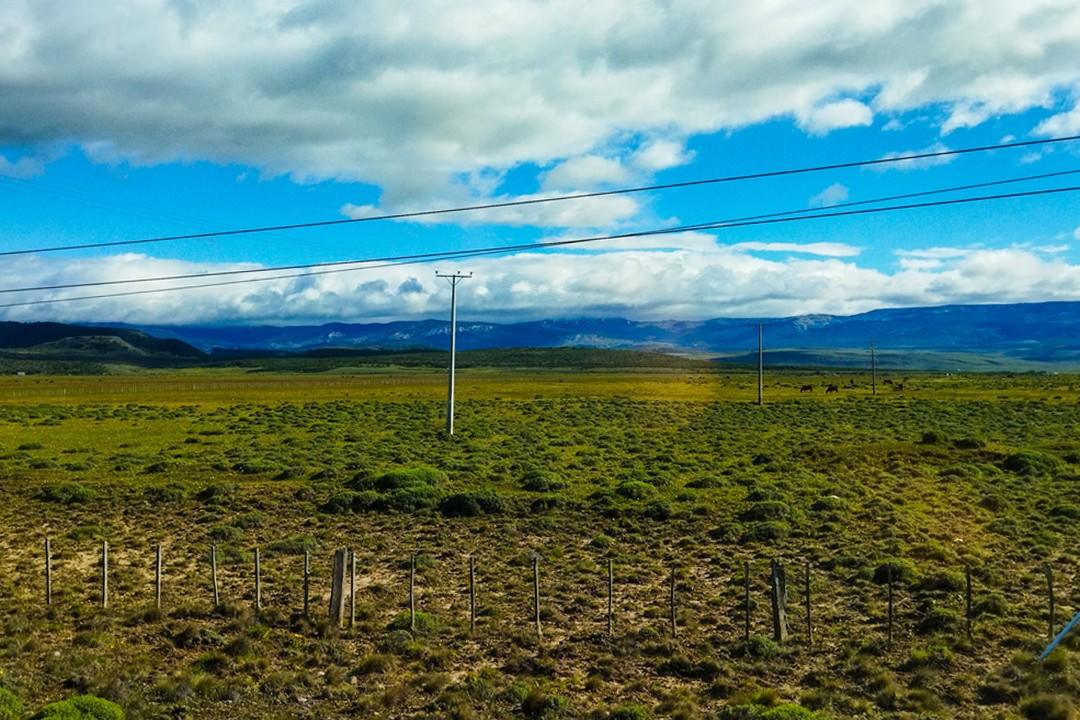- Home
-
Products
- News
- About
- Become a Distributor
Global - English

As the largest city of the northern Chilean Patagonia, Coyhaique has some of the most suitable highland pastures for grazing. Facing severe soil erosion due to climate change, this treasure land has become the focus of government and agricultural research institutes, who are working together with local young entrepreneurs to introduce farming drones for aerial seeding. Drones are now flying over the Patagonia to bring healthy vegetation back to the land of Chile.

The view of Coyhaique pasture from a glance. (Source: Tecmundo)
In recent years, the composition of the soil in the Coyhaique pastures can hardly preserve water and is extremely vulnerable to strong winds and hard rains. Subject to overgrazing, these fragile soils have been exposed to the risk of biodiversity loss which threatens the livelihood of local herdsmen.
The Agricultural Research Institute of Chile (INIA) is the Chilean national agency that has conducted long-term studies on pasture development and sustainable agriculture with a 40-hectare experimental land in Coyhaique. Led by INIA and the Production Development Corporation of Chile (CORFO), a field trial of using XAG agricultural drones to spread grass seeds was carried out in November 2021 for the mountainous regions.

The XAG P Series Agricultural drone ready for grass spreading experiment. (Source: Tecmundo)
Tecmundo, as XAG's local partner in Chile, prepared technical support for this field research together with Eduardo, a 27-year-old drone pilot who set up the first crop protection service company in the Coyhaique area.
After pouring a mixture of five grass seeds into the smart container, Eduardo skillfully set the drone's flight route and spread velocity on his mobile app. With a few clicks, the drone started its fully autonomous operation with high precision, spreading grass seeds along the delineated area.

Chile's agricultural experts measured the length and angle of slope before spreading. (Source: Tecmundo)
Based on the undulations of the terrains, XAG's JetSeed granular spreading module on board the drone enabled an average distribution of seeds projected to the soil. The grass seeds is expected to sprout and grow strong roots as the anchor to fix the fragile soil layers, while providing tasty and nutritious forage for the livestock once they are fully grown.

Representatives from CORFO and INIA checked the drone spreading performance. (Source: Tecmundo)
Rodrigo Quitana, an agricultural engineer and specialist in precision agricultural technology, automation, and mechanisation from INIA, revealed that the outcome of spreading will be useful to the study of drone technology in Chile. The grass seed germination rate and growth status constantly monitored by INIA will be an important reference for the national research with the Chile Ministry of Agriculture. Rodrigo believed that the research result will provide effective guidance for Coyhaique herdsman to improve their grazing behaviours and raise productivity.
In the future, as XAG keeps working with Tecmundo to be the promoter of autonomous agritech on Chile's diverse landscape, drone technology will allow more Chilean farmers to find the right balance between improving incomes and protecting environment.

Eduardo, a local young entrepreneur in Coyhaique region, Chile. (Source: Tecmundo)

Rodrigo Quitana, an agricultural engineer and specialist from INIA. (Source: Tecmundo)